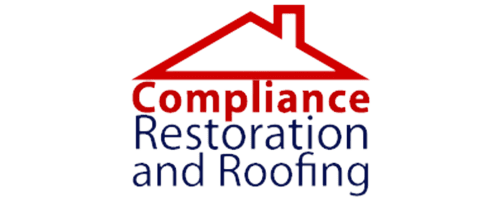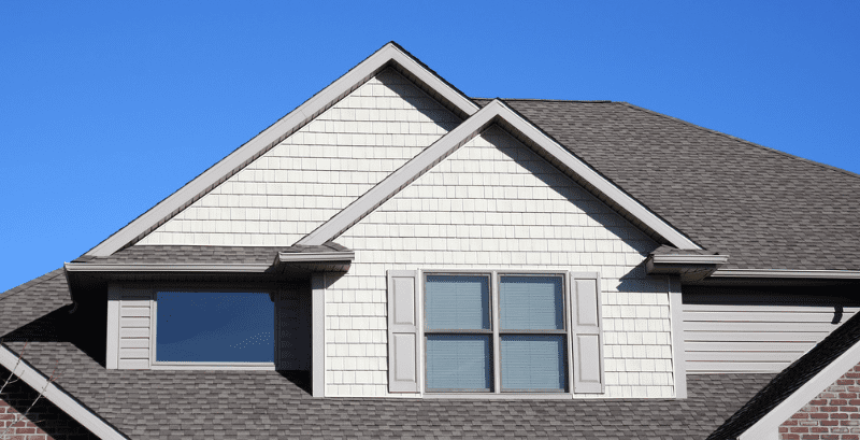When it comes to our homes, the roof is our first line of defense against the elements. A well-maintained roof not only enhances the aesthetic appeal of our homes but also provides crucial protection and peace of mind. One common question that homeowners often ask is, “What is the average lifespan of a roof?” In this comprehensive guide, we will delve into the key factors that influence the lifespan of a roof and provide valuable maintenance tips to ensure its longevity.
Understanding the Average Lifespan of a Roof
The average lifespan of a roof can vary significantly depending on several factors. While some roofs may require replacement after 20 years, others can last upwards of 50 years or more. Let’s explore the key factors that influence the lifespan of a roof:
Material Matters
The choice of roofing material plays a vital role in determining the lifespan of your roof. Here are some commonly used materials and their average lifespans:
Asphalt Shingles: The most popular choice for residential roofs, asphalt shingles have an average lifespan of 20 to 25 years. However, high-quality asphalt shingles combined with proper maintenance can last even longer.
Metal Roofing: Metal roofs are known for their durability and can last anywhere from 40 to 70 years, depending on the specific type of metal used. They are resistant to weather damage, fire, and pests, making them a long-lasting option.
Clay or Concrete Tiles: These robust roofing materials can provide longevity of 50 to 100 years or more, making them an excellent investment for homeowners. Their durability and resistance to weather extremes contribute to their extended lifespan.
How Climate and Weather Affect the Average Lifespan of a Roof
The climate in which your home is located also has a significant impact on your roof’s lifespan. Constant exposure to extreme weather conditions, such as heavy rain, snow, hail, or intense sunlight, can accelerate the aging process and result in premature roof damage. For example, homes in regions with frequent hailstorms may experience more frequent roof repairs or replacements. Similarly, areas with intense sunlight may require additional protective measures to prolong the roof’s lifespan. Regular inspections and proactive maintenance become even more crucial in areas prone to harsh weather.
How Installation Quality Affects the Average Lifespan of a Roof
The quality of installation plays a pivotal role in determining the lifespan of a roof. A poorly installed roof is more susceptible to leaks, sagging, and other issues that can significantly reduce its lifespan. Always hire a reputable roofing contractor who has extensive experience and positive customer reviews to ensure a proper installation. A well-installed roof will not only contribute to its longevity but also prevent potential issues down the line.
Maintaining Your Roof for Longevity
While the average lifespan of a roof is influenced by various factors, proactive maintenance can significantly extend its lifespan. Here are some valuable tips to help you maintain a healthy roof:
Regular Inspections: Schedule annual or biannual roof inspections by a professional to identify and address any potential issues before they escalate. Early detection of leaks, damaged shingles, or loose flashing can save you from costly repairs down the line. A thorough inspection will assess the overall condition of your roof, including its structural integrity, shingle condition, and potential signs of wear and tear.
Clear Debris: Keep your roof free from debris, such as leaves, branches, or moss, as they can trap moisture and accelerate roof deterioration. Regularly remove any accumulated debris to maintain the health of your roof. This will prevent the growth of moss or algae, which can cause damage over time.
Proper Ventilation: Ensure your attic and roof have adequate ventilation. Proper airflow helps prevent moisture buildup, which can lead to mold growth and rotting of the roof structure. Good ventilation reduces the risk of condensation and keeps the roof dry, promoting its longevity.
Prompt Repairs: Address any roof issues promptly. Even minor damage, if left unattended, can worsen over time and compromise the overall integrity of your roof. Hire a professional roofer to handle repairs and ensure they are done correctly. Prompt repairs not only prevent further damage but also extend the lifespan of your roof.
Conclusion
In conclusion, understanding the average lifespan of a roof is essential for homeowners seeking to protect their investment. The longevity of a roof depends on various factors, including the roofing material, climate, and installation quality. By selecting the appropriate material, considering the local climate, and ensuring high-quality installation, you can set the foundation for a long-lasting roof. Additionally, practicing proactive maintenance, conducting regular inspections, and promptly addressing any issues will contribute to its longevity. Remember, a well-maintained roof not only safeguards your home but also adds value and beauty to it. Invest in the care and maintenance of your roof to enjoy its protection for many years to come.


